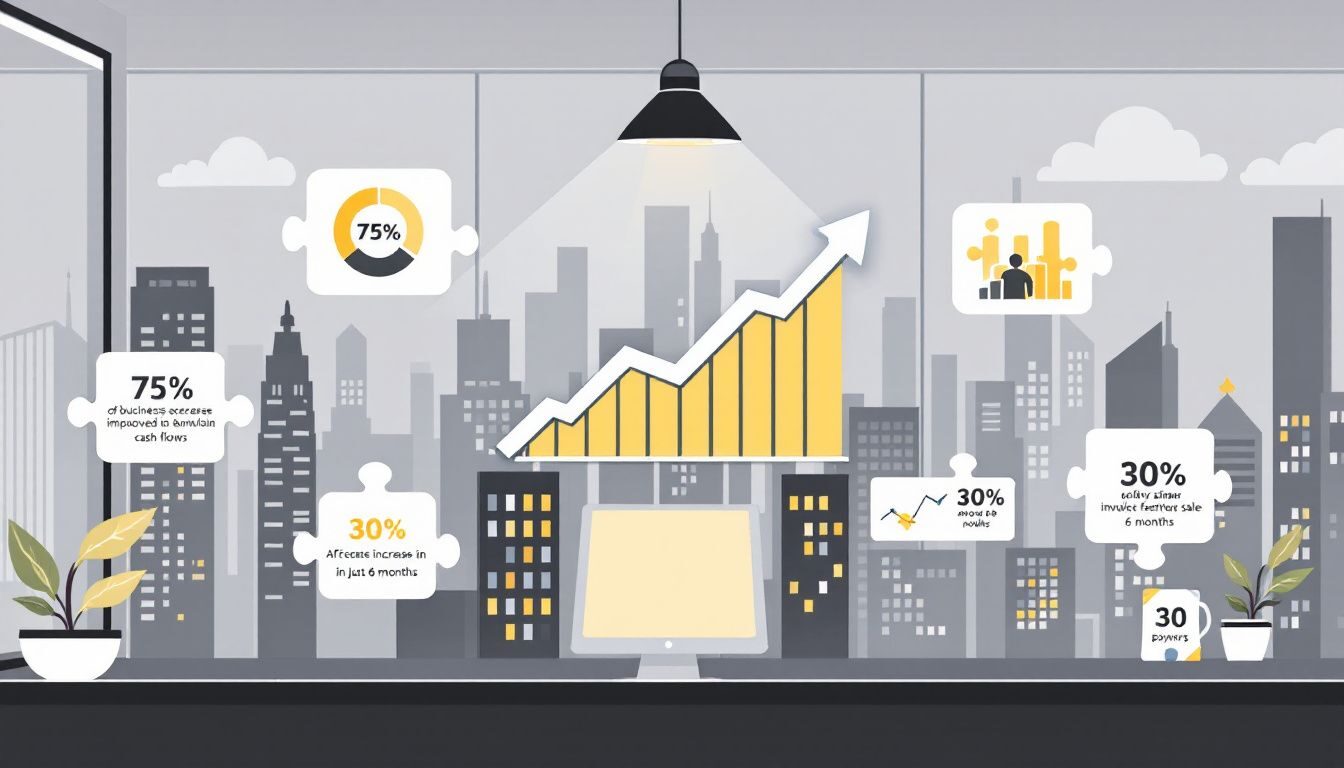
Website speed optimisation is key to a strong online presence. Most people believe that website speed performance only depends on the website provider, which is completely untrue. Website speed is the result of shared responsibility, where optimisation and hosting equally play an important role.
When you carry out good speed optimisation practices, you ensure the best user experience, higher search engine rankings and conversion rates, and lower bounce rates. In this blog, we will examine an essential checklist for website speed optimisation under web hosting in NZ. So, if you’re planning to optimise your website for better performance, keep reading.
What is Optimised Website Speed?
When we talk about website speed, we refer to the overall time taken to load and download different elements from the web server to the user’s browser. Therefore, optimising website speed refers to making adjustments in the overall website structure so that your website pages load faster.
Optimising website speed facilitates the seamless movement of website data from the web hosting NZ server to the audience browser.
Best Page Speed Optimisation Techniques
- Compressing Website Images
Images are the best form of engagement. However, choosing the right image type for the right type of content is important; otherwise, it can slow down the speed. So, when you are dealing with high-resolution images, compressing your images and choosing the right format for the right purpose is the best way of optimising your website speed.
- Deactivate Unused CSS
Javascript plays an extremely important role in making your website interactive, but unused CSS can slow down your website.
When a browser loads a website, it starts downloading all CSS before displaying the website. This can slow down page load speeds. Therefore, compressing or removing ensues CSS can help increase your website’s loading time.
- Use Google Console for Review
Google Search Console can aid you in checking your website’s vitals. You can check the specifics of a particular page and resolve issues accordingly, while the Crawl Stats tab can also help you with page responsiveness.
- Reduce External Resources of Your Website
The more HTTP requests you send to your server, the slower your website will get. Therefore, grouping your javascript and CSS files is a great way to improve your website speed.
- Make use of CDN
CDNs help deliver your website content faster. It uses caching servers closest to your user and speeds up website loading, reducing delays. Therefore, using CDN is a great way to optimise your website speed.
Why is Website Speed Optimisation Important?
Website speed optimisation helps create better user experience engagement rates while lowering the bounce rates. A slow-loading website is demotivating for the users.
The following statistics will give you a better understanding of what slow speeds can do to your engagement-
- 45% of people between 18 and 24 years old prefer a website that loads in less than 6 seconds, and more than that can lead to cart abandonment.
- 64% of mobile users prefer websites that load within 4 seconds or less.
- A little delay in page loading speed can reduce audiences by up to 11%.
- Around 44% of users share their delayed website loading experience with direct contacts.
Therefore, a bad website loading speed impacts not just one user’s experience but also creates a chain of negative reactions among other potential users.
Conclusion
The first step in optimising website speed is identifying the factors causing it and then targeting them for resolution. In addition to the provided techniques, you can also use techniques like enabling browser caching, reducing plugins, optimising codes, and many other methods to optimise speed.
Take action now to enhance your website’s performance and provide a seamless experience for your users by using optimisation techniques and choosing the best web hosting in NZ!

